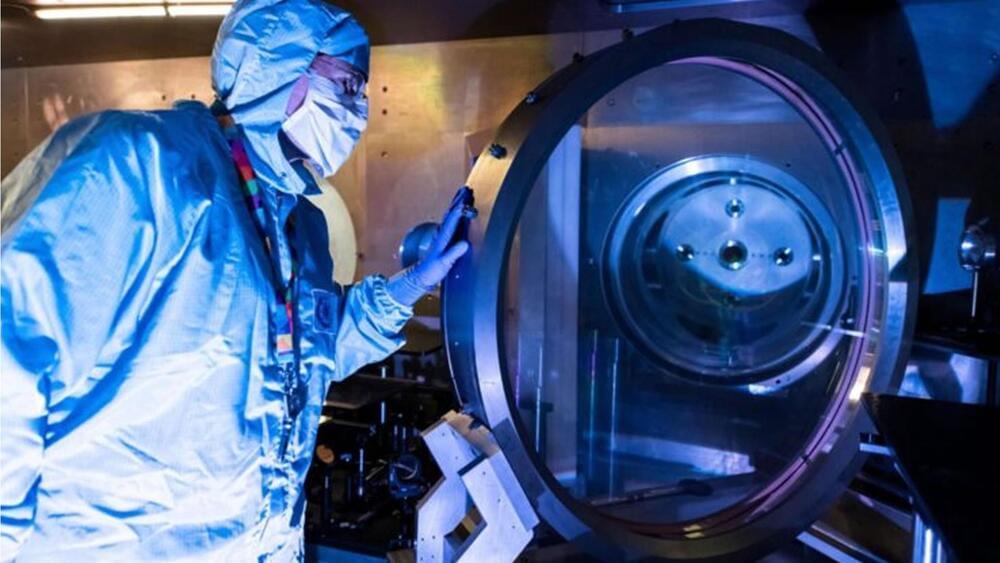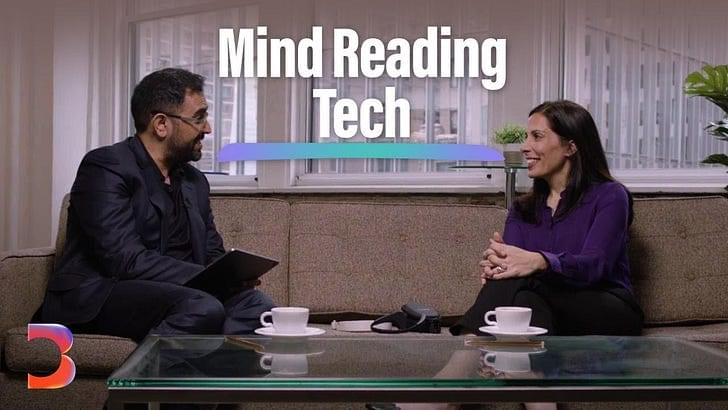Solar Airship One embarks on a 24,854-mile zero-emissions world tour powered by the Sun and hydrogen. A game-changer in sustainable aviation.
Euro Airship unveiled its groundbreaking project, Solar Airship One, in a historic move towards sustainable aviation in a press release. This innovative venture promises to revolutionize long-distance aviation by completing a non-stop world tour spanning over 24,854 miles (40,000 kilometers), all while producing zero emissions. Set to take flight in 2026, Solar Airship One represents a significant leap forward in the quest for environmentally friendly transportation.
A massive ship in the sky
Solar Airship One, a massive 495 feet (151 meters) in length, is a rigid airship boasting a helium expansion volume of 53,000 cubic meters. The key to its sustainability lies in its envelope, with an impressive 4,800 square meters of solar film. These solar panels harness sunlight during the day to power the airship’s electric propulsion systems while storing excess energy in fuel cells. By night, the stored energy is utilized as the fuel cells convert hydrogen produced through water electrolysis into electricity.









